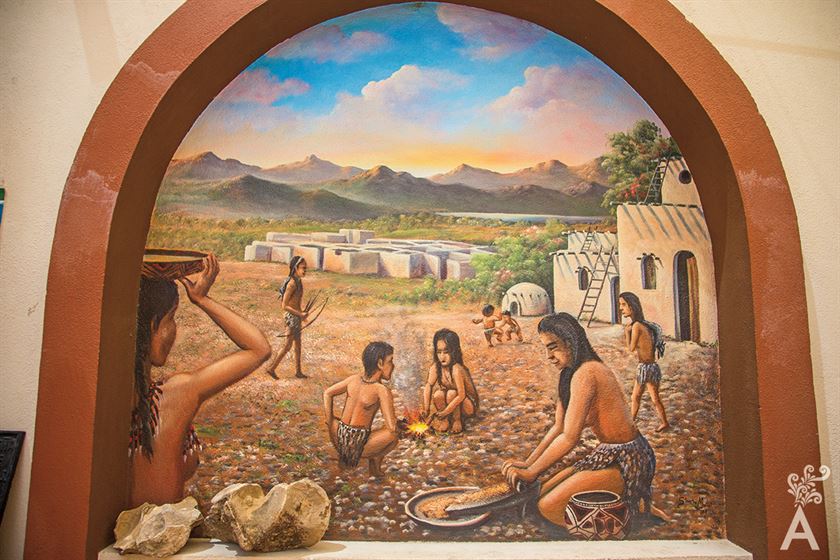Going above and beyond is a universal goal. The majority of human beings want to leave a mark on this planet that lasts beyond their mortality. To live for eternity, so to speak, we seek meaning in our ephemeral passage through this life. For that to happen, our actions and the way we transform the world must be accepted and recognized.
[two_first]That is why adapting the surrounding environment is one of the most important processes of every society; it creates a large part of our cultural identity. All of this is largely determined by the materials that are geographically available, but mainly by the symbolism each society gives to nature and the way the people adapt them to meet the most basic needs.
[/two_first][two_second]

[/two_second]
In the search for transcendence, longevity plays a fundamental role. Rock and stone are the primordial structural materials of this planet. For humans, they represent an almost universal symbol of power and permanence. Stone is the basis for the construction of the world’s most important ancient structures and even with the generation of new materials, such as concrete, that compare to or improve construction properties, stone has not lost its meaning and importance. But even before humans learned to build structures, stone played a fundamental role in developing tools and other advances that improved our way of life.
In spite of the accepted way of thinking, humans did not abandon their nomadic way of life solely to domesticate plants. In the Lytic era, between 33,000 and 2,500 BC, geographical conditions and the use of stone tools separated our country into two main regions. Aridoamerica stretched from the south of the United States to central Mexico and consisted of different nomadic and semi-nomadic groups. Mesoamerica was located to the south and covered the entire area down to Costa Rica. Mesoamerica was characterized by sedentary societies that were able to bring about more sophisticated cultures.
[two_first]
[/two_first][two_second]

[/two_second]
Both regions developed different agricultural methods with strong foundations in their worldview and their reading of meteorological phenomena. Aridoamerica grew temporary crops that spread throughout the north of the country despite the adverse weather conditions, while the Mesoamericans constructed irrigation systems and cultivated terraces that developed gradually with the growth of their cities. When producing stone tools that hindered their mobility because of the weight and availability of the materials, as well as the time required to make them, the populations needed to establish and modify their behaviors.
As a result, we see how stone played a fundamental role even in the kitchen. It transformed our lives and allowed humans to go above and beyond, to transcend. Upon marriage, the maidens of various Mesoamerican cultures received a molcajete carved from volcanic stone as part of their dowry. The molcajete is a concave vessel similar to a mortar in which seeds and spices were ground by a conical stone pestle known as a Temolote. The stone tools were used to make sauces and moles.
Newly married women were also given a metate, a rectangular flat surface with three or four legs that was similarly carved from volcanic stone. The metate served as the base for grinding dry grains used in making the dough for tortillas, tamales and other dishes. The tool was used in concert with the Metlapilli, a cylindrical stone that was repeatedly passed over the metate until all the ingredients were ground and integrated.
Both molcajete and metate were handcrafted and personalized by decorating them with religious symbols and glyphs. Mesoamerican life mainly happened outdoors. Families built dormitories around courtyards where men developed their trades and women were engaged in domestic activities. Although there was a common shared space, each family cell took care of its own tools. They were an important part of the family heritage.
Although the Spanish colonization significantly changed the culture and traditions of the Mesoamerican people, the continued carving of the molcajete and metate served as a symbol of the kitchen. To the pre-Hispanic, the Chilmulli dish of chilis that was offered to gods and rulers was a product of the grinding of peppers, grains and spices. Europeans eventually added ingredients and each geographic area developed a traditional Mole that today is part of the gastronomy of our country. The dishes transcended thanks to the stone to which they owed their existence.
















